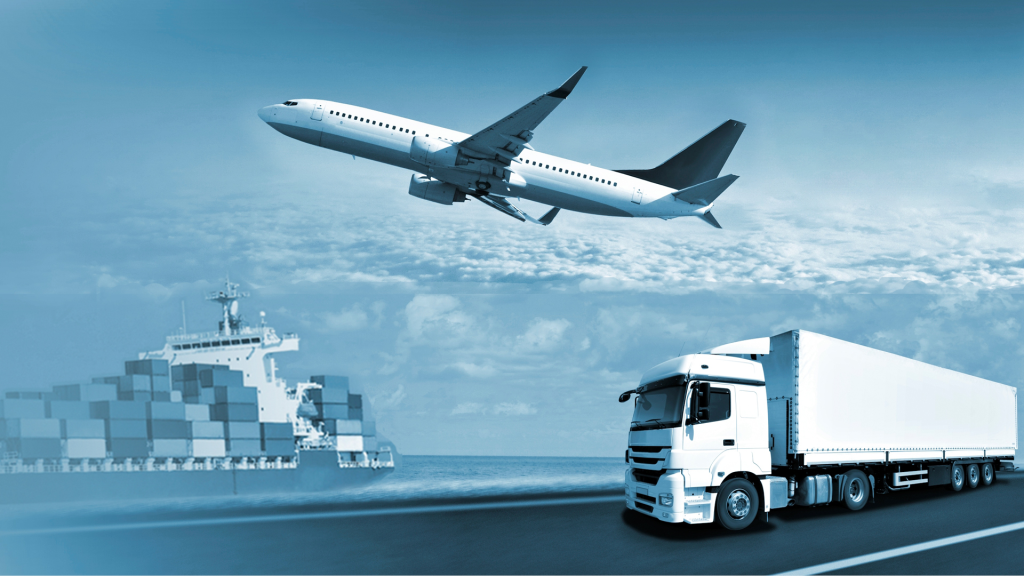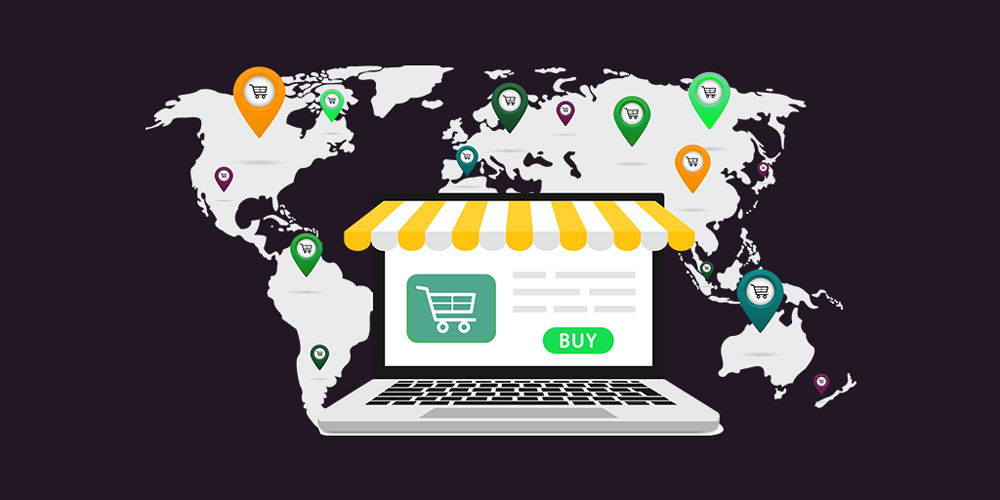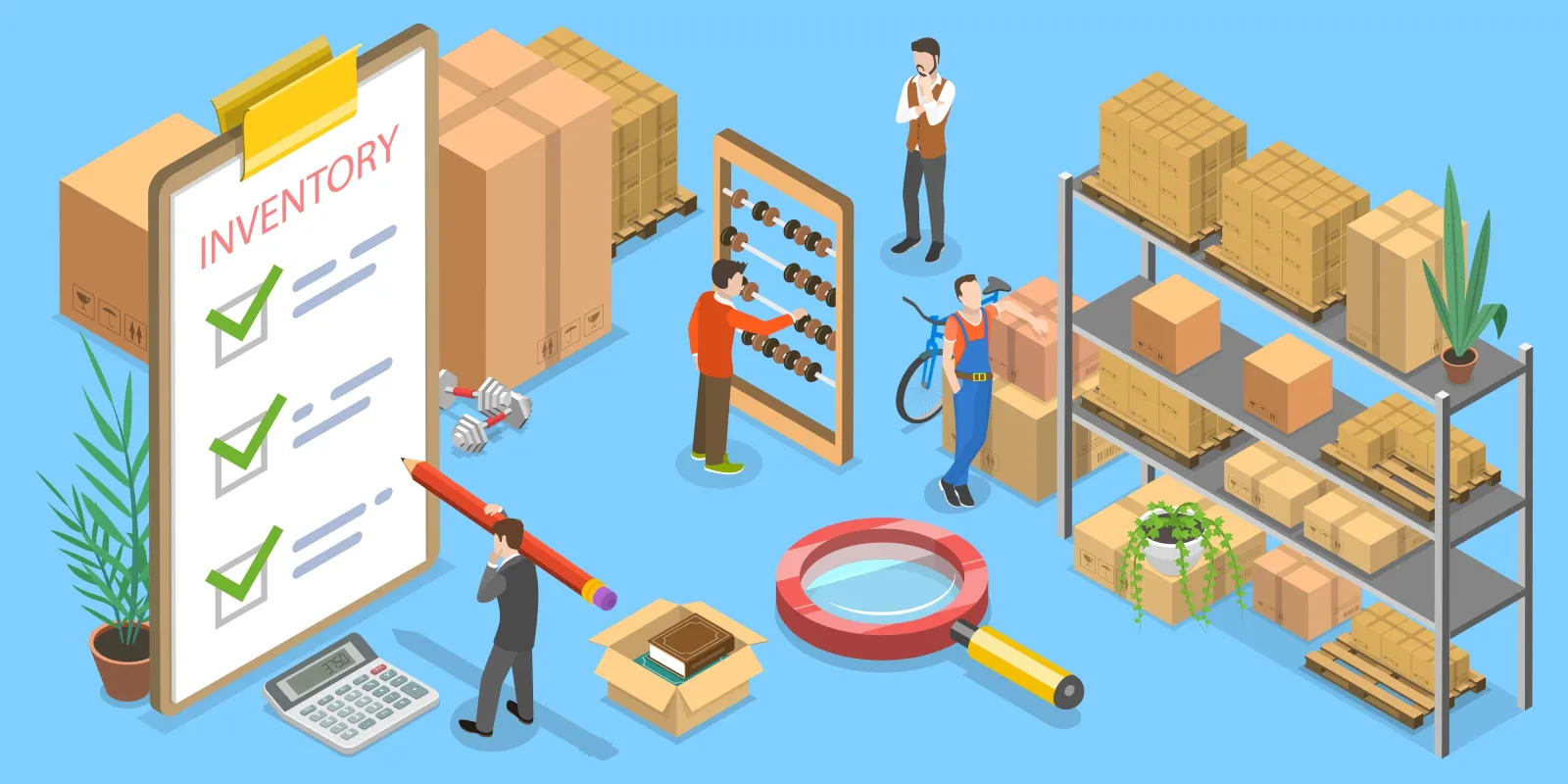TMS pour le commerce électronique transfrontalier et l'expédition internationale
Avec la croissance explosive des le commerce électronique transfrontalierAujourd'hui, les entreprises vendent à des clients répartis sur plusieurs continents à une vitesse sans précédent. Mais derrière chaque vente mondiale réussie se cache un réseau logistique complexe qui doit naviguer entre les réglementations douanières, les multiples transporteurs, les différences de fuseaux horaires et les diverses attentes en matière de livraison. C'est là qu'un Système de gestion des transports (TMS) devient un outil essentiel.
Cet article explore la manière dont un TMS moderne prend en charge expédition internationale et le commerce électronique transfrontalierqui aide les marques à réduire leurs coûts, à répondre aux attentes de leurs clients et à développer efficacement leurs activités à l'échelle mondiale.

Qu'est-ce qu'un TMS dans le commerce électronique transfrontalier ?
A Système de gestion des transports aide les entreprises à gérer et à optimiser leurs opérations d'expédition. Dans le contexte du commerce électronique international, un TMS joue un rôle central dans :
- Planification et acheminement des envois entre les pays et les régions
- Automatisation de la sélection des transporteurs et de la documentation douanière
- Gestion des retours et de la livraison du dernier kilomètre
- Suivi des commandes transfrontalières en temps réel
- Veiller au respect de la législation commerciale internationale
Contrairement à la logistique nationale, le commerce électronique international implique davantage de variables, et un TMS permet de mettre de l'ordre dans cette complexité.
Principaux défis liés à l'expédition transfrontalière de produits de commerce électronique
Avant d'examiner comment le TMS les résout, voici quelques problèmes transfrontaliers courants :
- Retards douaniers et erreurs de documentation
- Visibilité limitée du suivi des envois dans les différentes régions
- Frais d'expédition élevés et délais de livraison imprécis
- Retours difficiles et logistique inversée
- Divergences linguistiques, monétaires et fiscales
Un TMS avancé relève ces défis grâce à l'automatisation, aux mises à jour en temps réel et au contrôle centralisé.

Comment le TMS favorise le commerce électronique transfrontalier
1. Douanes et conformité automatisées
Les plateformes TMS s'intègrent aux bases de données commerciales mondiales et automatisent :
- Génération de documents douaniers (factures commerciales, Codes SHetc.)
- Calcul des droits et taxes
- Marchandises soumises à restrictions et contrôles de conformité commerciale
Cela permet d'accélérer le passage aux frontières et de réduire le risque de non-conformité.
2. Recherche et sélection de tarifs multi-opérateurs
Un TMS compare les tarifs de plusieurs transporteurs internationaux en temps réel, ce qui vous permet de.. :
- Choisir l'option d'expédition la plus rentable et la plus fiable
- Définir des règles commerciales pour l'expédition prioritaire, express ou économique
- Planifier des itinéraires de livraison hybrides par voie aérienne, maritime et terrestre

Cette flexibilité améliore la précision des livraisons et la maîtrise des coûts.
3. Suivi en temps réel au-delà des frontières
Les commandes internationales passent souvent par de multiples points de contrôle. Un TMS permet :
- Visibilité des expéditions de bout en bout, quelle que soit la région ou le transporteur
- Alertes automatisées pour les retards ou les retenues douanières
- Portails de suivi de marque pour une meilleure expérience client
Cette transparence permet d'instaurer un climat de confiance avec les clients internationaux.

4. Gestion simplifiée des retours
Les retours transfrontaliers peuvent être coûteux et prendre du temps. Un TMS prend en charge :
- Automatisation des étiquettes de retour
- Règles d'acheminement des retours spécifiques à chaque pays
- Intégration avec des fournisseurs tiers de logistique inverse
Cela permet de rationaliser votre l'expérience post-achatce qui est particulièrement important pour la croissance du commerce électronique.
5. Évolutivité globale et prise en charge multilingue
Un TMS moderne soutient les opérations mondiales par les moyens suivants
- Interfaces multilingues et multidevises
- Validation des adresses internationales
- Coordination de plusieurs entrepôts dans différents pays
Il s'adapte à votre expansion sur de nouveaux marchés avec un minimum de friction.
Cas d'utilisation : Qui en profite le plus ?
- Marques de commerce électronique DTC : Automatiser l'expédition mondiale de l'usine à la porte.
- Prestataires 3PL : Offrir des services internationaux évolutifs aux clients du commerce de détail.
- Places de marché et agrégateurs : Intégrer l'expédition internationale dans des plateformes telles qu'Amazon, eBay ou Shopify Plus.
- Exportateurs B2B : Gérer les expéditions en vrac, les réglementations internationales et les fenêtres de livraison des distributeurs.
Principales caractéristiques à rechercher dans un TMS transfrontalier
Lorsque vous choisissez un TMS pour le commerce électronique international, assurez-vous qu'il comprend les éléments suivants :
- Intégration de transporteurs internationaux (DHL, FedEx, SF Express, etc.)
- Automatisation des procédures de dédouanement
- Gestion des impôts et taxes transfrontaliers
- Gestion des documents internationaux (EDI, facture commerciale, liste de colisage)
- Optimisation des itinéraires grâce à l'IA
Conclusion : Le TMS est l'épine dorsale de la logistique mondiale du commerce électronique
Dans le monde en constante évolution du commerce électronique international, le défi logistique n'est plus facultatif, il est essentiel. Un TMS robuste ne se contente pas de rendre vos opérations plus efficaces, il améliore directement la satisfaction des clients, réduit les coûts et rend la croissance mondiale durable.
Prêt à optimiser votre logistique internationale ?
Au ColisPostal.comNous offrons des solutions TMS conçues pour l'ère du commerce électronique mondial. Qu'il s'agisse d'expédier des marchandises de Shenzhen à Seattle ou de Tokyo à Toronto, notre plateforme vous aide à gérer les expéditions internationales avec précision, rapidité et à grande échelle.
Aperçu de l'industrie
nouvelles via la boîte de réception
Nulla turp dis cursus. Integer liberos euismod pretium faucibua









[...] dans le paysage hyperconcurrentiel actuel du commerce électronique, les clients exigent plus qu'un simple produit - ils veulent un service transparent, sans faille et [...]